Day 2 of the 2005 Web 2.0 Conference
I watch entrepreneur Jason Calacanis celebrate selling his Web 2.0 blog business to AOL; later I have a drink by myself at the House of Shields, and think about pre-internet days.
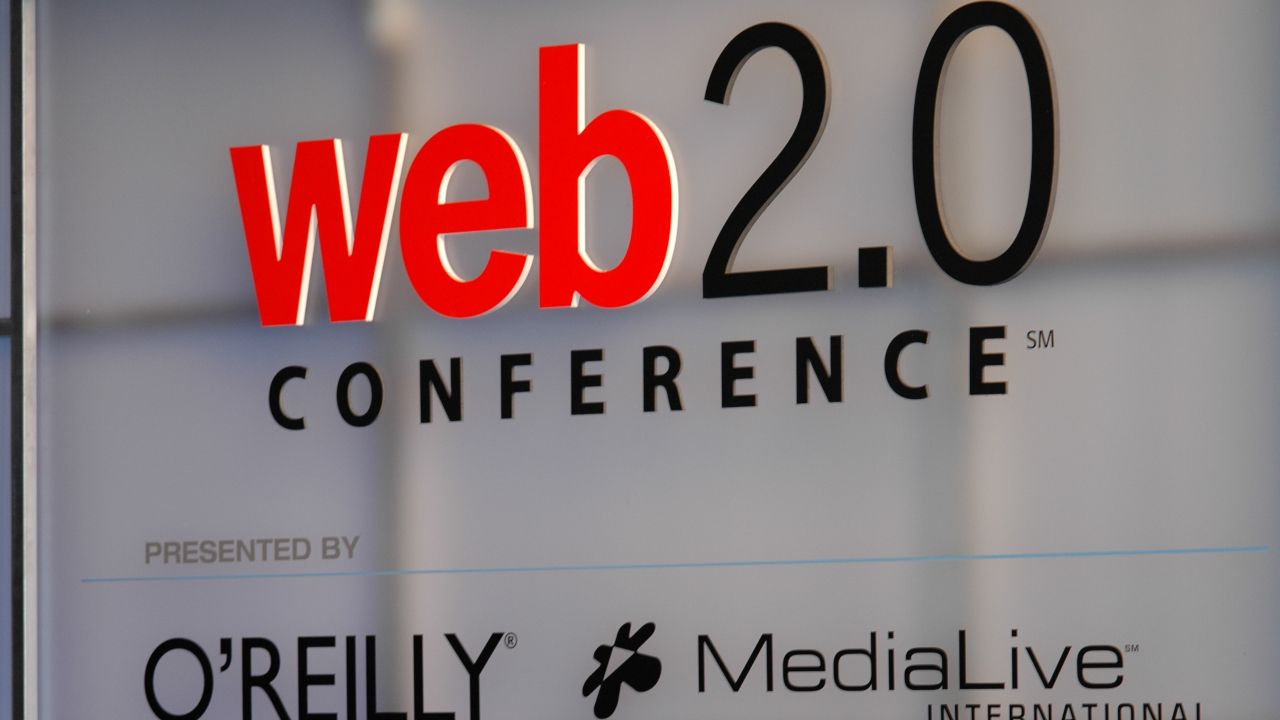
When I walked into the Web 2.0 Conference at the Argent the next morning, a Thursday, I poured myself a cup of hotel coffee and wandered over to one of the round high tables in the foyer, where I’d spotted a couple of people I recognized. It was two of a small Irish contingent of entrepreneurs, Fergus Burns and Jonathan Hill, who I’d gotten to know. Fergus ran an RSS startup called Nooked, which I had recently begun to provide advisory services to, and Jonathan ran an email and SMS marketing company called Infacta.
“I see one of your lot has been bought,” Fergus said to me, as I shuffled in beside them and slurped my coffee.
“What do you mean?” I asked. He nodded in the direction of a short man with blond hair, wearing a salmon-colored business shirt and an oversized black jacket. He was perched on the side of a chair, surrounded by people — mostly men with glasses and tan slacks.
“That’s Jason Calacanis and he just sold Weblogs, Inc. to AOL.”
I looked closer at the man, who was about my age, and saw that his smile was a mile wide and he was loving all the attention he was getting. He was talking and gesturing; even across the room, I could pick up bits of his New York patter and the odd squeal of delight from his audience. Every now and then, someone would walk up to the group and shake his hand.
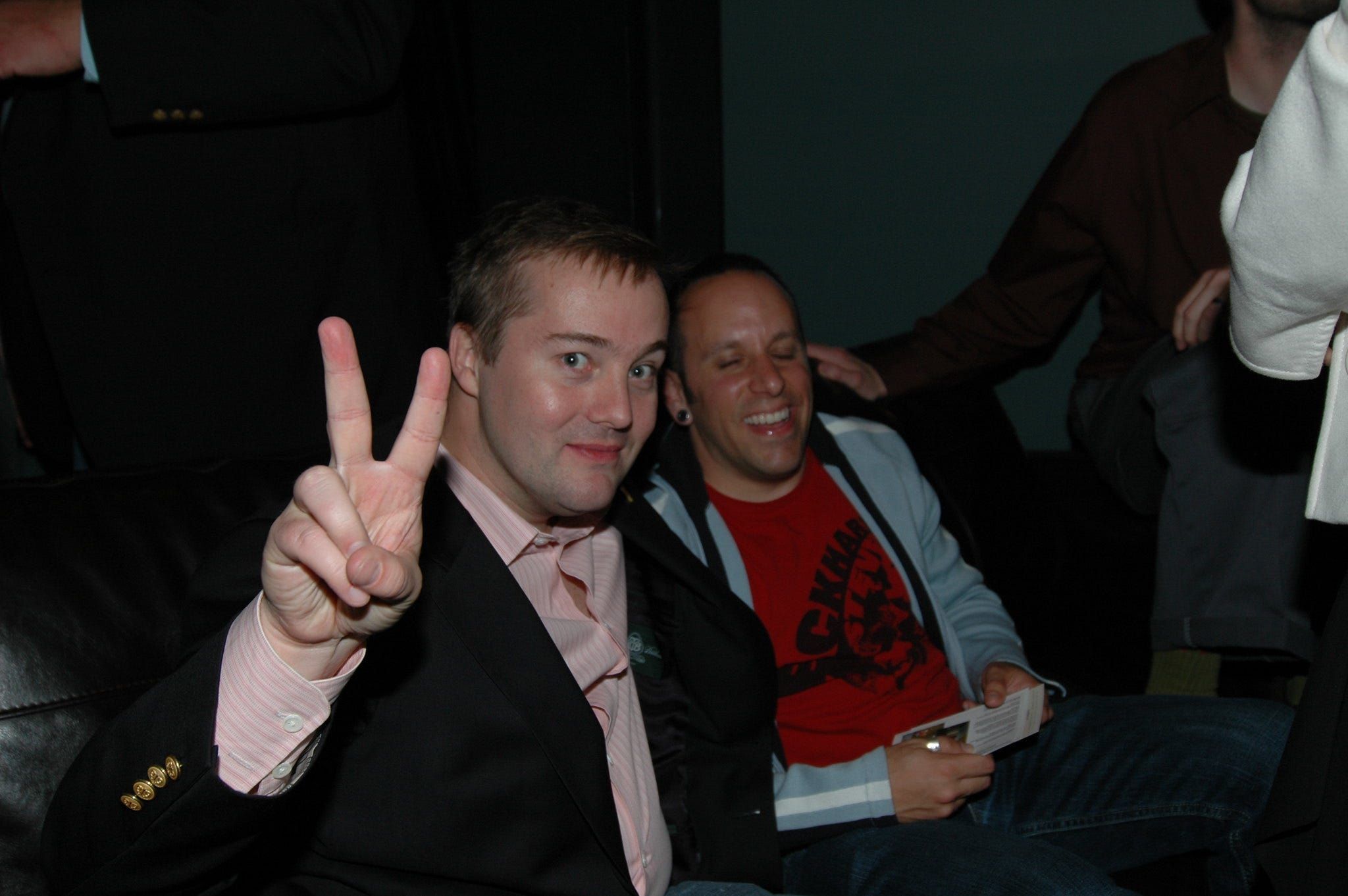
It turned out that Calacanis and his co-founder Brian Alvey had sold their company to AOL for $25 million. It was an impressive sum for what amounted to a network of blogs. The deal wasn’t far off what Yahoo! had paid for Flickr, the trendy Web 2.0 photo sharing service, back in March. If I wasn’t sure whether blogging was a career before today, I was now converted.
Weblogs, Inc. was a collection of a few dozen topical blogs, many of which were a subdomain of weblogsinc.com. But the highest performing was a gadget blog called Engadget, which had its own domain and was run by a young tech journalist named Peter Rojas, who Calacanis had poached from his arch-rival Gawker Media. Although Rojas was the talent who had turned Engadget into one of the top blogs (at the time, it was ranked number 2 in the world by Technorati), Calacanis had an even more enviable gift — getting attention. I didn’t know him at the time, but I would regularly see him on the tech conference circuit in the years to come, and I was always impressed by his networking skills.
At one such conference, a few years after he’d sold Weblogs, Inc., a colleague and I were seated at a dinner table with about 10-12 people. Everyone was picking at their starch-heavy plates of food, while engaging in the usual conference chit-chat. Which meant asking or answering these two questions: "And what do you do?", closely followed by "What's been the highlight of the conference for you so far?". This typical, rather placid, conference dinner scene was playing out on this occasion, when out of nowhere a grinning Jason Calacanis approached the table. He immediately began to regale my colleague and I with several funny stories, delivered rapid fire one after the other in his broad Brooklyn accent. It was highly entertaining, but it wasn't a conversation as such... more of a comedy routine. Before we had a chance to get a word in, Calacanis had moved down the table to entertain another group of people. Soon he gravitated to the next table — and all we heard then was appreciative laughter from his new audience.
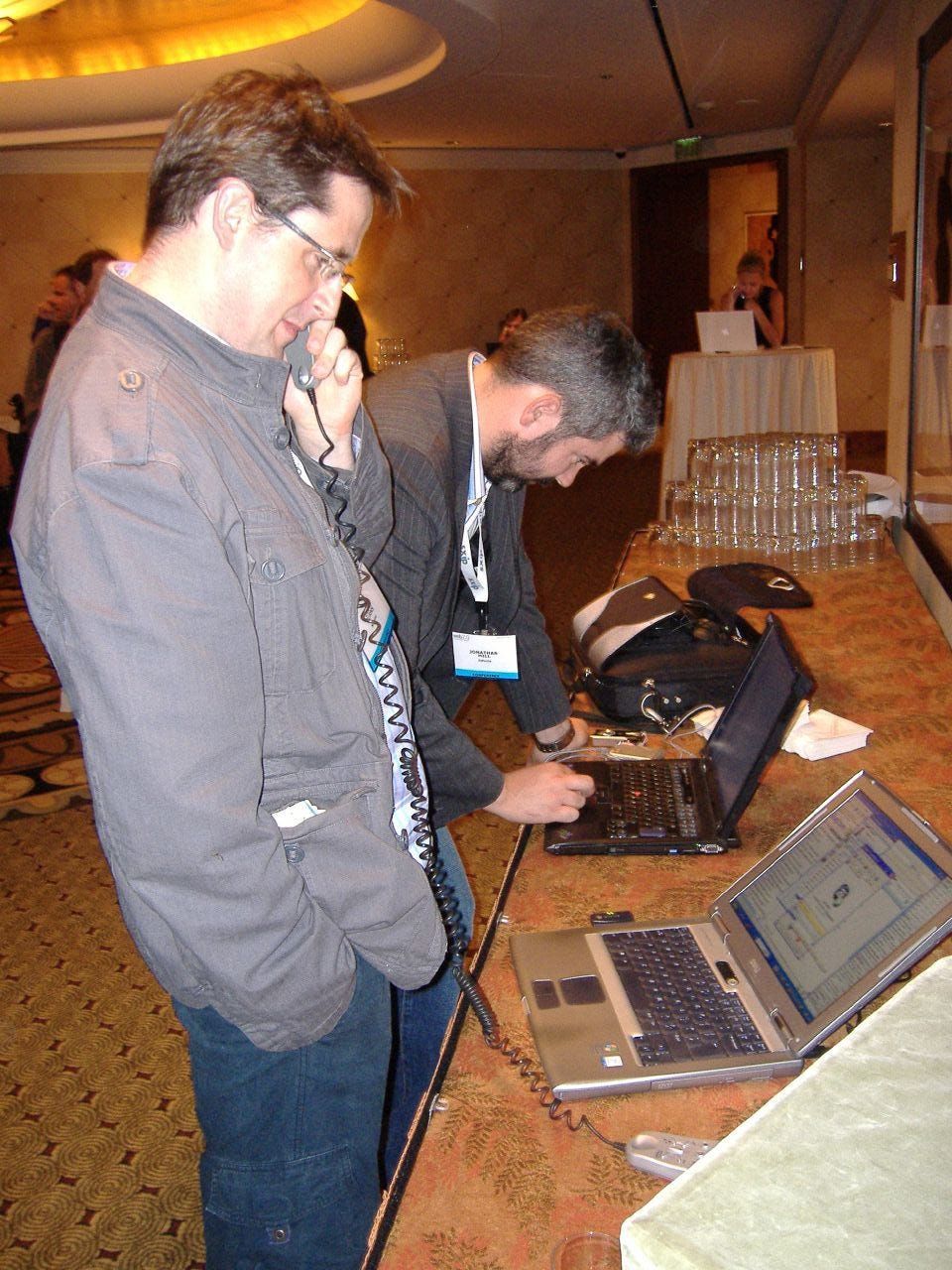
Anyway, back to 2005. I turned to Fergus and Jonathan and asked if they were going to the Web 2.0 party tonight, at the Swig bar on Geary St?
“Wouldn’t miss it,” Fergus replied. I felt stupid asking, as of course both these foreign entrepreneurs would want to be at the biggest networking party of the conference. Not only were there sure to be VCs and other moneyed people there, but the party was being sponsored by several of the hottest Silicon Valley startups and projects: Flock, del.icio.us, Flickr, Odeo, Technorati, wink, and WordPress. Even better, as I’d been informed in an email from a PR person a few days ago, it would be “free open bar and grub.”
I felt more comfortable at the Web 2.0 Conference over day two, which was spent watching keynotes and meeting entrepreneurs (and investors) keen to pitch me their startups. I noticed that people actually sought me out in the hallways — “you’re the guy who writes Read/Write Web, aren’t you?” Sometimes I’d be approached by a young lady with an awkward-looking guy in tow. The woman invariably worked for a PR firm and the man was a startup founder looking for some press.
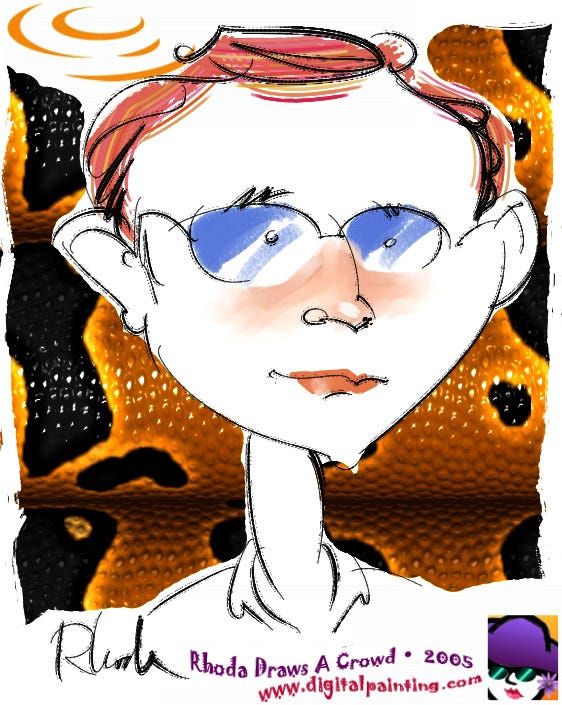
At the end of the day, I had some time to kill before the Swig party, so I headed to a nearby pub called ‘House of Shields.’ The night before, it had been the location of the Web 1.0 Summit — a counter-programming event pitched at entrepreneurs who couldn’t afford the ticket price of the Web 2.0 Conference, or bloggers who weren’t on a Technorati list. As a still-young Generation Xer myself, I appreciated the irony and camaraderie of a bunch of outsiders poking fun at the new thing while playing drinking games based on a bygone era (the blink tag!). But I was also unironically enjoying the excitement of the main event, Web 2.0, so I had not gone to the Web 1.0 Summit booze-up. Perhaps I was afraid I’d be called a sell-out (a very Gen X concern).
The bar had large, yellow-on-red fluorescent signage above its entrance: “House of Shields, Live Music.” Inside it was a rectangular shape, with the bar running across almost the entire downstairs floor. The room had a lot of wood paneling and basked in a dim orange glow, from a mixture of the fluorescent lights outside and the yellow lighting inside. There was an upstairs section too, with tables, but I was on my own to start with — I’d be meeting Josh Porter and the Irish lads here soon — and so I headed straight to the bar and sat on one of the stools.

Even though I wouldn’t be alone for long, the experience of sitting in a strange bar by myself, nursing an IPA, reminded me of something that had happened nearly a decade ago. Early 1996, I was 24 years old and living by myself in Auckland, New Zealand, in a one-bedroom flat in a run-down converted house. I was disconnected from people at that time in my life. I didn’t have internet — I could barely afford to feed myself — and nobody I knew owned a mobile phone. Even though I had little spending money, I was desperate to get out of my empty flat one Saturday night, so I caught a bus into the city. I didn’t know what I planned to do, but I had to do something. I’d just sat down in the bus when I heard a voice behind me.
“Hey, how ya doing?”
I turned around and a guy about my age leaned forward, his face open and friendly looking. He had curly brown hair and looked a little ragged — there were a few days of beard on his face and his grey eyes looked tired. He was dressed in blue jeans and a nondescript, brown-patterned flannel shirt. I thought he looked familiar, but I couldn’t place him.
“Hi, I’m doing alright thanks,” I said, just to be polite.
“It’s good to see you again, man,” the guy said, smiling. He reached over the seat and proffered a hand, which I shook on instinct.
“I know you from somewhere, don’t I?” I said, weakly. I just couldn’t place him. Was he a guy I used to know in school — that one who left early to become a butcher? He did look like him, with the curly hair.
This guy also had a world weariness about him, which brought back more recent memories — of a friend I’d made at my first job, in 1994 after I’d moved up to Auckland to look for work. That was Zak, from Liverpool, who was a couple of years younger than me, but vastly more street-smart. I’d had an exciting nightlife with Zak (also a little dangerous at times). He was an alcoholic and disappeared from my life sometime in 1995. He’d been the first friend I’d made in Auckland, so I missed him — which was partly the reason I was on this bus and talking with a stranger.
By the end of the bus journey into the city — about a twenty minute trip, with all the stops — I’d realised that I didn’t recognize the guy in the seat behind me after all. I think he’d known that from the start. Regardless, we decided to go to some bars together, since we were both alone.
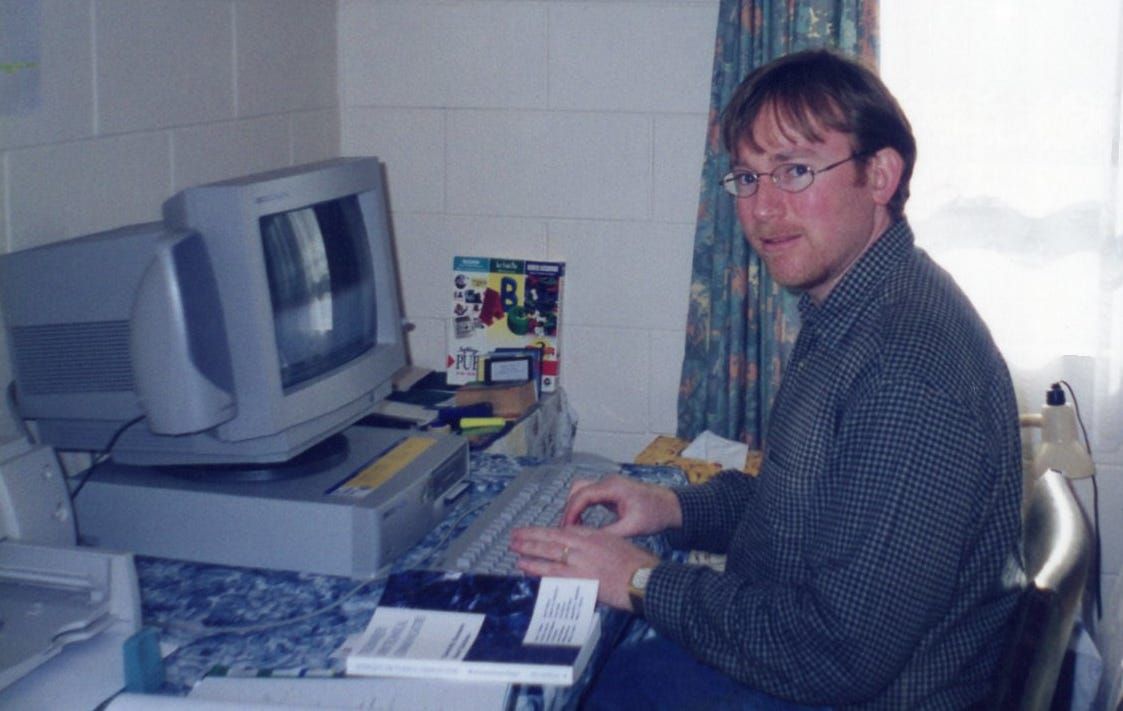
He bought the first drinks — mine was a beer, his a club soda and lime.
“I’m a recovering alcoholic,” he said, noticing my surprised expression. He explained that even though he no longer drinks, he still likes to experience the social scene of bars. I probably shrugged and thought nothing more of it. Maybe it reminded me again of Zak, who I doubted would be a recovering anything, wherever he was now.
Throughout that night, we went to the usual watering holes in the city, ending up in some dingy bar on K Road at 2 or 3am. I don’t recall the exact details now, but it was a subdued night and we’d told each other our life stories up till that point in our young lives. Eventually we parted and I got a taxi back to my one-bedroom flat. I never saw him again and I don’t remember his name now.
Again, that was a time before internet and before mobile phones (at least for me). If that night out with a stranger had happened in 2005, would we have kept in contact? Perhaps we would’ve sent each other a txt on our mobile phones or connected on MySpace the next day on our laptops. Fast forward another ten years — 2015 — and there would’ve been even more opportunity to connect. We both would’ve had a smartphone and I probably would’ve looked him up on Facebook that very evening — perhaps while he was up at the bar, getting the next round in (his a club soda). But it was the nineties back then; people came into and out of my life randomly, and those types of connections didn’t stick.
On this, my first trip to the US, I hadn’t yet figured out how to get my primitive 2005-era mobile phone to work in the US (later, I discovered that I just needed to buy a temporary SIM card). But I’d noticed other people with mobile phones, although they mostly used them for doing phone calls. One popular model was the Motorola E815 — a clamshell-style device that ran on Verizon’s CDMA network. It had been released earlier that year and represented the state of the art in mobile phone technology at the time. If you flipped it open, it revealed a screen just over 2 inches tall. The other panel had small, cushion-like numbered buttons, along with a circular navigation pad above.
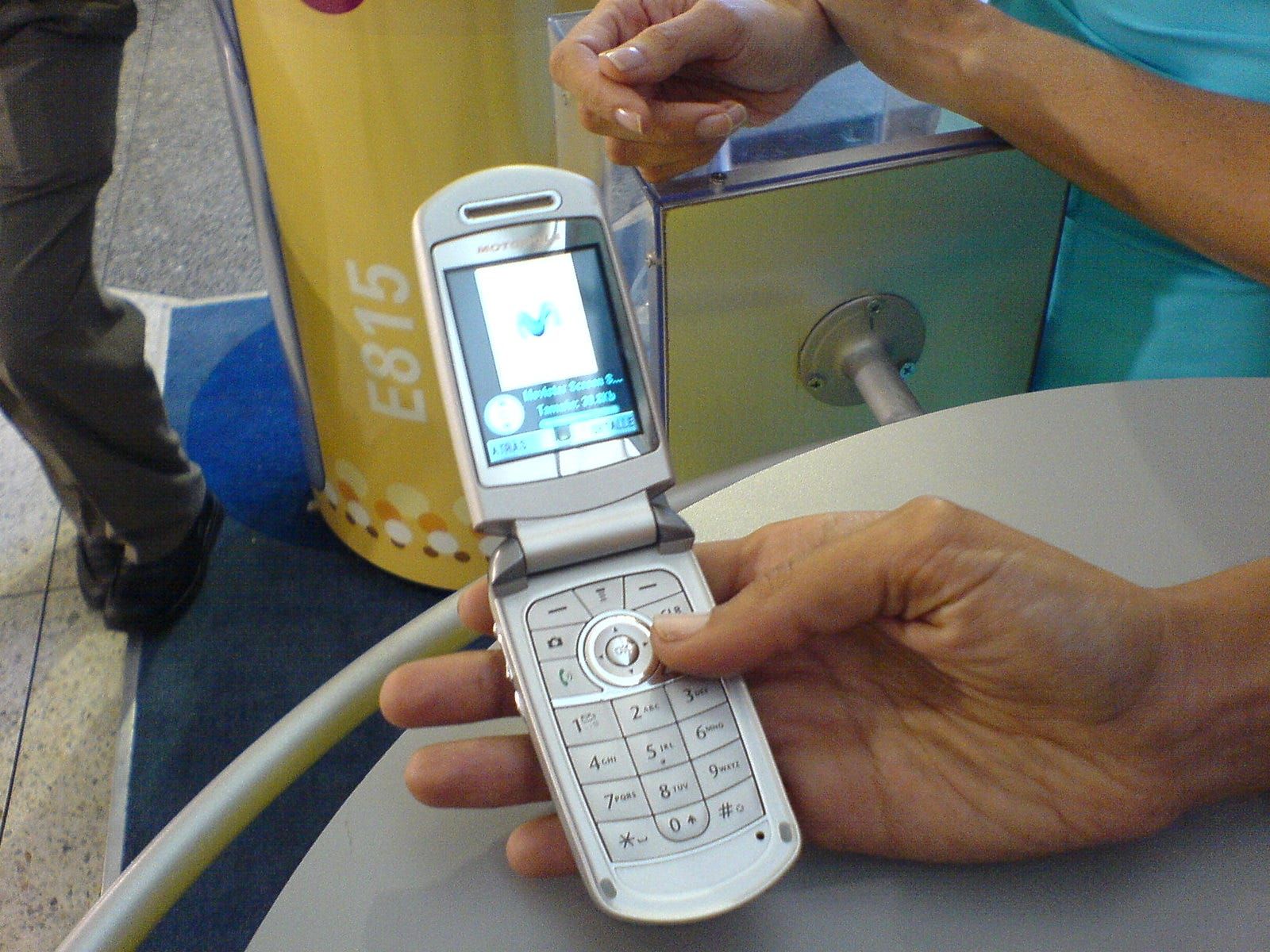
Unbeknownst to me, a few months before the Web 2.0 Conference, Google had acquired a tiny startup named Android. The news had received almost no press and Google kept whatever they were building behind closed doors for a couple more years. As for Apple, Steve Jobs had publicly unveiled an “iTunes phone” in partnership with Motorola just weeks before I arrived in Silicon Valley. It was called the Motorola ROKR and Jobs hated it. Fueled by that disappointment, Apple then committed to building a smartphone in-house.
All of that was in the future, as I supped my beer at the House of Shields and waited for my friends to arrive — phoneless and lost in my own thought.
This post is part of my serialized book, Bubble Blog: From Outsider to Insider in Silicon Valley's Web 2.0 Revolution. View table of contents.
Next up: 008. The Colors of Web 2.0 Party
Buy the Book
My Web 2.0 memoir, Bubble Blog: From Outsider to Insider in Silicon Valley's Web 2.0 Revolution, is now available to purchase:
- Paperback, US$19.99: Amazon; Bookshop.org
- eBook, US$9.99: Amazon Kindle Store; Apple Books; Google Play
Or search for "Bubble Blog MacManus" on your local online bookstore.